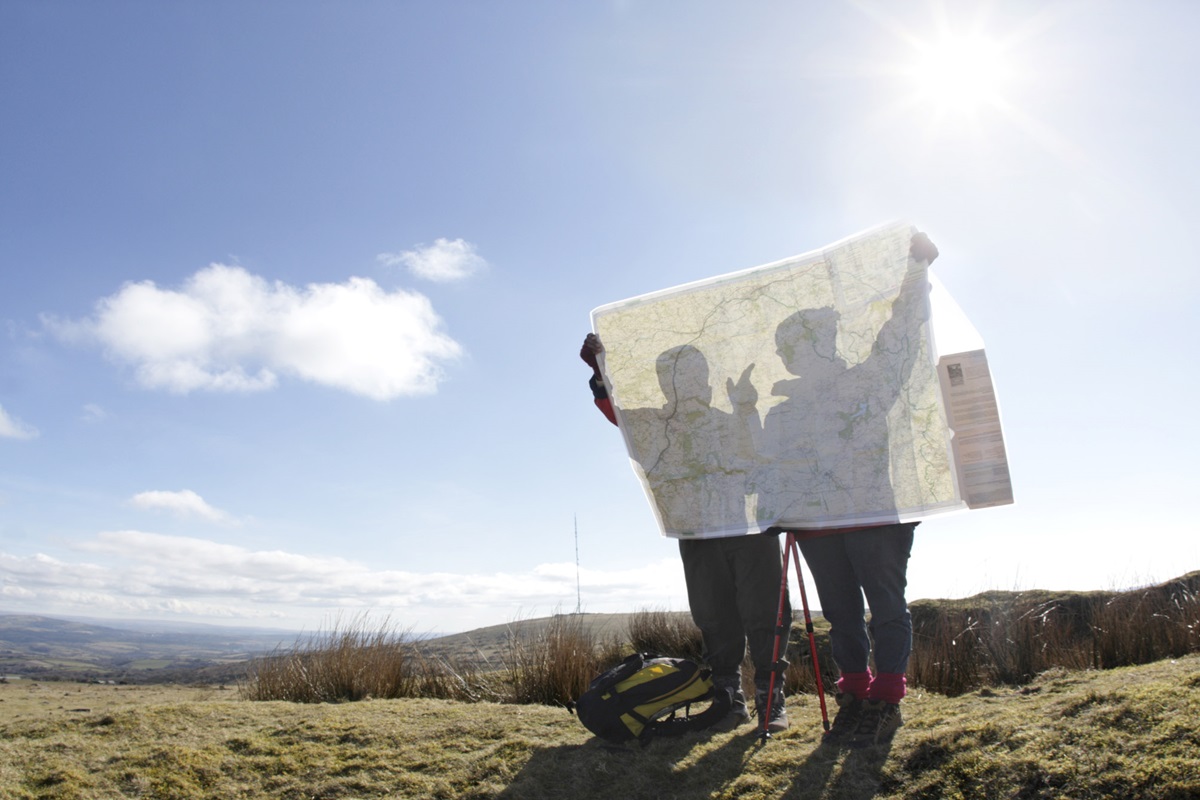Online Safety is a Conversation for the Whole School Community to Have

Katherine Howard, Smoothwall’s Head of Education and Wellbeing, talks about why school communities must work together to create a safer internet and how we can all encourage students to speak up about what’s going on in their online world.
Why are conversations about safety online so crucial?
Technology and, more specifically, the internet is such an integral part of children and young people’s lives that there is just no avoiding it. In fact, it can be an exceptionally useful educational tool. However, as students continue to spend more time using the internet at school, at home, or on the go, children could be more exposed to inherent risks that place them in harm’s way. Risks that could impact a student’s overall safety and wellbeing.
With this in mind, it’s crucial that we create an environment where students feel able to have conversations with grown-ups about what’s going on in their lives, not just offline but online too. That way, if there are any concerns raised, they can receive the right help and support they need as soon as possible.
What are some of the risks and harmful content that students could face online?
There are a wide range of risks that students could face online. This could be anything from students becoming victims of online grooming, accessing and being influenced by content relating to self-harm or they could also experience online bullying. Sadly, we know that online bullying affects nearly 40% of children in the UK. These sorts of risks can easily fall under the radar.
The evolving nature of the online world also brings new risks that stem from social media or gaming trends and influencers and the harmful content that can be found on these channels. Recently, there have been discussions around an online forum promoting suicide and encouraging discussions and even sharing tips on how to go about it. Alarmingly, this forum is believed to be linked to more than 50 deaths in the UK. Sites like this could have the power to shape the behaviours and perceptions of children and young people.
What holds students back from having these difficult conversations about negative online experiences?
Online bullying is a prime example. If a student is being targeted by a bully online, they may be too worried about what the perpetrator’s next steps will be if they voice their concerns. Likewise, if a student is a victim of online grooming, they may feel embarrassed or humiliated about speaking up, and may even blame themselves.
Sometimes students might want to speak to an adult but worry that this will result in negative consequences. For example, they may fear that if they share what’s happened with a parent, their phone will be taken off them.
Victim blaming is another common barrier. This is when a child is blamed for something negative that has happened online. A parent might say; ‘I told you not to spend so much time online!’ This approach can create an instant barrier to future communication between the adult and the child.
How can DSLs help bring the school community together to start conversations around online safety with children and young people?
We need to start by empowering the whole school community, including school staff and parents to enter into non-judgemental conversations with children. This might involve asking the child questions about what interests them online and what they have recently seen. We need to genuinely explore their thoughts and perspectives to elicit honest and open responses.
Mobile phones and other smart devices aren’t going away anytime soon. So, rather than parents threatening to ban devices if there’s a concern, we need to educate parents on ways they can proactively manage their child’s online activity. This might include implementing parental controls and encouraging parents to explain to the child why they are being put in place.
What tools can DSLs use to encourage staff, parents and governors to promote online safety amongst students?
There are a number of ways school safeguarders can engage and educate the wider school community in order to help keep students safe online. Firstly, schools may consider professional digital safeguarding courses for school staff, governors and parents to empower them to promote safety online amongst students. A high quality curriculum on digital safeguarding for students is another way to ensure that all stakeholders of the whole school community can positively promote online safety.
There are also dedicated online resource hubs available, with useful information for you to drip-feed to members of your wider school community. For example, the NSPCC, Internetmatters.org and the Smoothwall Online Safety Hub have lots of useful resources available. In addition to in-person conversations, which are vitally important, parent safety apps such as Qustodio, can also help parents to keep their children safe online.
For students that find in-person conversations difficult, we have a digital wellbeing solution, Smoothwall Pulse, which can also encourage students to speak up about how they are feeling, and encourage them to discreetly reach out to school staff for support.
Keeping the conversation going
The evolution of technology can be beneficial when it comes to the education of children and young people and a powerful tool for educators. Nevertheless, with this evolution comes increased risks to the safety and wellbeing of young people and children online and increasing exposure to potentially harmful content.
There are numerous challenges facing young people and those looking to keep them safe online. Having the right technology in place is paramount but these conversations amongst the whole school community are equally important as they provide greater awareness of the challenges, the tools available to support them and create a free and open environment for everyone involved.











Responses